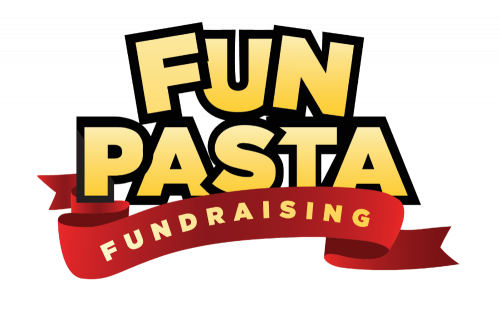Fundraising Letters Get Your Message HEARD

Communicate with your group’s parents in your weekly or monthly notes/newsletters efficiently and effectively by writing an engaging fundraising letter.
We work with all kinds of groups with a variety of reasons and needs for fundraising and alot of them are school groups! Both public and private schools of all ages from Pre-school/Day-cares all the way up to high schools and colleges depend on the resources and funds raised from their annual fundraising programs. Successful schools use both email and traditional print notes/newsletters as a means of communication with parents and students.
Are your letters lining the waste bins and finding the trash folder without even being read?
Are your parents uninformed and under-involved? [TWEET THIS]
If so, then keep reading. Getting your message heard begins with writing an engaging fundraising letter.
In his blog post, Twenty Things You Should Know Before Planning Your Next Direct Response Campaign, Peter Hoppe shares a list with 10 components of a great letter. Here is his list, with some edits and additions by us.
Components of a great fundraising letter.
- Make your appeal letter visually pleasing and inviting to read. Capture attention as quickly as possible with an inviting tag line.
- Write small paragraphs and use short sentences. Use an image. Oftentimes a picture is worth 1000 words.
- Be conversational and informal. Tailor your letter to your audience. What will resonate with your parents?
- Feature an emotional story that personalizes your group and/or cause.
- Thank your volunteers. Then thank them again. A heartfelt thank you goes a long way to retaining your volunteer base.
- Recap what the last fundraiser accomplished. Be specific and explain what this fundraiser will achieve.
- Attribute fundraising success to support from parent volunteers. (Just another place to say thank you.)
- Relate volunteer effort and sales levels to the ultimate outcome.
- Ask for support up front, in the middle and at the end of your letter.
- Don’t forget the P.S., support the ask with a clear call to action. Don’t let fear keep you from reaching your goals.
Whether you print your newsletters and send them home in student folders or email your newsletters to your parent mailing list, it is vitally important that parents and your volunteer community READS the information your are sharing. The best way to ensure this is to craft a great letter that engages your audience.
Have you experienced any challenges in communicating to your parents? Comment and share, we’d love to hear from you.
